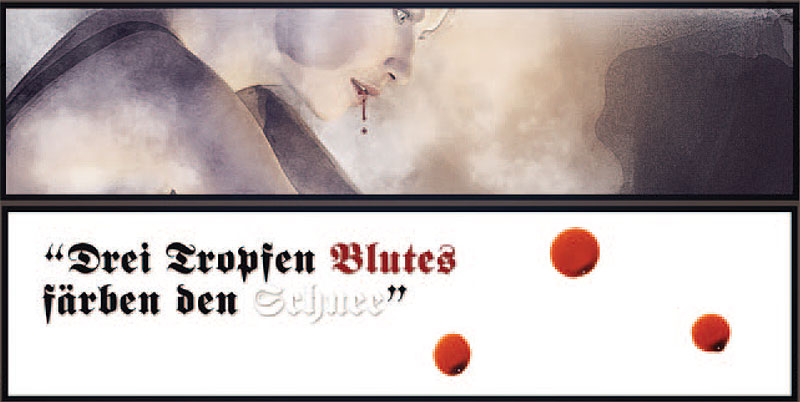“The Goose Girl,” a Grimm fairy tale, weaves a tapestry of maternal blood, identity, and heritage. The tale unfolds with the princess embarking on a transformative journey, her fate entwined with three drops of blood. Beyond a cautionary narrative, the story delves into the complexities of self-awareness, adoption, and the magical, protective power of maternal blood.
The Symbolism of Blood
The narrative commences with a poignant act – the queen’s blood, a symbolic connection to the impending separation. The drops of blood, akin to the tale’s alternate title, “The Cloth with the Three Drops of Blood,” carry profound significance. They serve as a link to the maternal line, emphasizing the protective aura bestowed upon the child, even in the absence of the mother.
The tale introduces the false bride, a character emblematic of adopted children navigating a world where fiction often overshadows blood ties. The maid’s attempt to establish an identity mirrors the struggles faced by adoptees, emphasizing the hazards of constructing one’s self-worth on fiction rather than blood.

Maternal Connection and Forgotten Heritage
As the princess loses herself in anticipation of her future, she forgets the significance of her heritage. The bloodstained handkerchief, a relic of her past, becomes a casualty of distraction and carelessness. This moment underscores the delicate balance between embracing the future and valuing one’s roots.
Interpreting Three Drops of Blood
To delve into the psychological dimensions of this fairy tale, it’s essential to consider the insights of Bruno Bettelheim, a prominent psychologist and psychoanalyst. In his influential work “The Uses of Enchantment,” Bettelheim explored the psychological meanings embedded in fairy tales, positing that these stories aid children in navigating complex emotions and challenges.
Bettelheim’s interpretation of the blood as a symbol of sexual maturity is challenged, emphasizing its connection to the maternal line. The tale’s central theme is not merely an oedipal struggle but a poignant exploration of a child’s connection to their origin, identity, and the magical protection maternal blood provides.

Silence as Intimidation
Critiquing Bettelheim’s interpretation, the princess’s silence under duress is not solely a sign of moral virtue but a consequence of intimidation. The narrative echoes the real-world silencing experienced by adopted children, reinforcing the power dynamics between abusers and the abused.
“The Goose Girl” serves as a timeless exploration of identity, heritage, and the protective force of maternal blood. Beyond Freudian interpretations, the tale advocates for acknowledging the magical essence of one’s origin, fostering a sense of self-worth, and dispelling fears surrounding the quest for one’s true narrative. In a world where adoption narratives are often fractured, “The Goose Girl” hints at the mending power of embracing one’s bloodlines.




